When disaster strikes, whether it’s a hurricane, earthquake, or flood, response teams face a daunting challenge: navigating environments where critical infrastructure is often hidden, damaged, or obstructed. One of the most overlooked risks in these scenarios is underground utilities. Buried power lines, gas mains, water pipes, and telecommunications networks can become invisible hazards when the ground shifts or debris piles up. Augmented Reality (AR) technology, powered by digital twin models of utility networks, offers a way to make the invisible visible and help responders work faster, safer, and more effectively.
The Hidden Risks of Underground Utilities
After Hurricane Sandy struck the U.S. East Coast in 2012, recovery crews faced widespread flooding and extensive utility damage. In many areas, maps of gas and electrical lines were outdated or inaccessible due to power outages, forcing crews to proceed cautiously and often delay work until utility companies could verify conditions. Similarly, during the 2011 Christchurch earthquake in New Zealand, ruptured water mains and damaged sewer lines complicated rescue efforts. Responders struggled to avoid live electrical conduits and leaking gas lines hidden beneath the rubble, slowing down urgent operations.
These examples highlight a recurring problem. Underground infrastructure is critical, but it’s often poorly documented, difficult to locate, or impossible to see in adverse conditions. For first responders, construction crews, and utility companies, this lack of visibility introduces delays, risks of secondary accidents, and higher costs in already time-sensitive situations.
AR as a Solution: Making the Invisible Visible
Platforms such as vGIS that combine digital-twin technology with an AR-ready platform, offer a solution. By overlaying geospatial utility data onto the real-world environment through an iPhone or iPad, responders can see underground infrastructure as if the ground were transparent. A firefighter walking through a flood-damaged neighborhood could immediately identify where gas lines run beneath a collapsed street. Utility crews could locate underground electrical utilities in real-time, reducing planning time and preventing further damages.
This real-time visualization capability goes beyond static maps. Traditional utility maps are two-dimensional, sometimes outdated or inaccurate, and require interpretation under stress. AR allows responders to hold up a mobile device and instantly understand the spatial relationship between themselves and buried utilities. When seconds matter, this intuitive interaction can prevent costly mistakes and save lives.
Moreover, AR reduces reliance on specialized personnel to interpret utility maps. Even non-technical staff can use an iPad or iPhone to visualize where it’s safe to dig, where to avoid heavy machinery, or how to reroute resources around damaged infrastructure.
Looking Ahead
As climate change drives more frequent and severe natural disasters, the need for resilient response technologies is growing. AR platforms like vGIS that reveal underground utilities can prevent responders from hitting live electrical cables, striking gas lines, or wasting time searching for buried infrastructure. By reducing hazards and increasing efficiency, AR could help communities recover more efficiently and safely.
